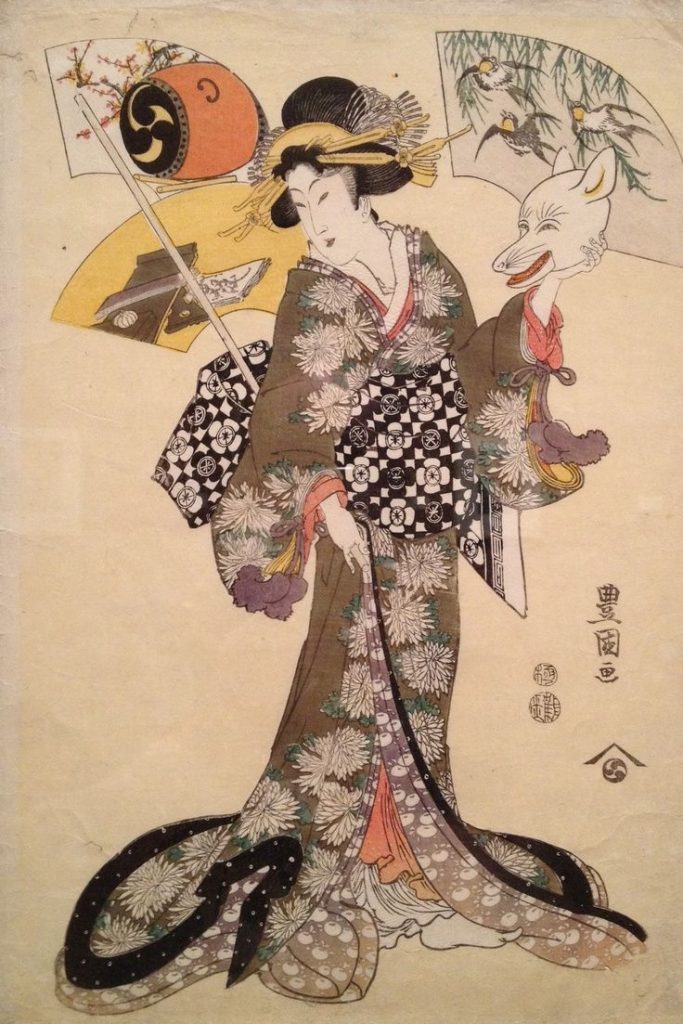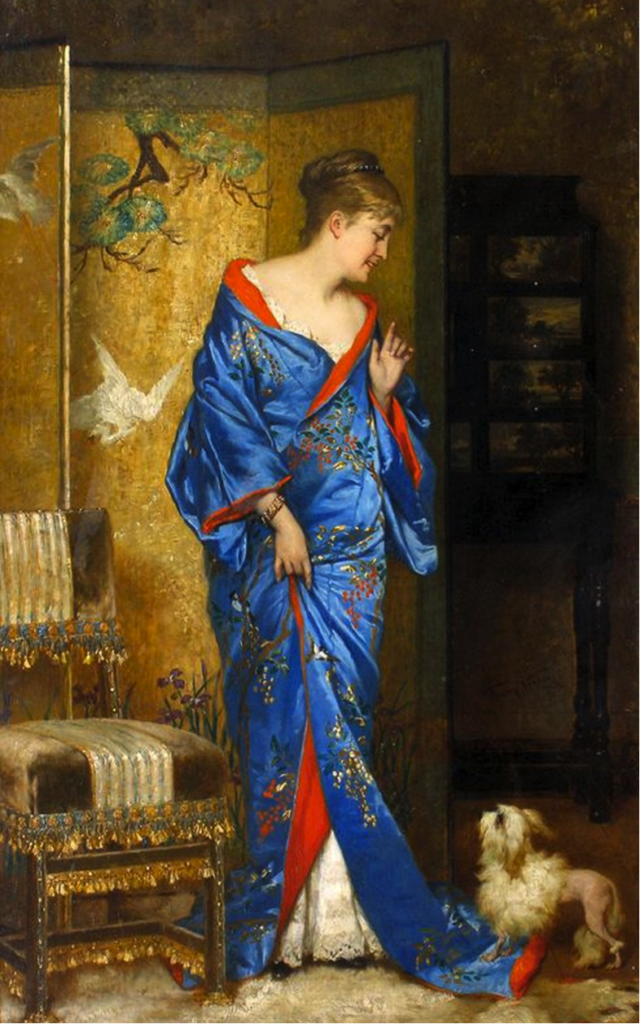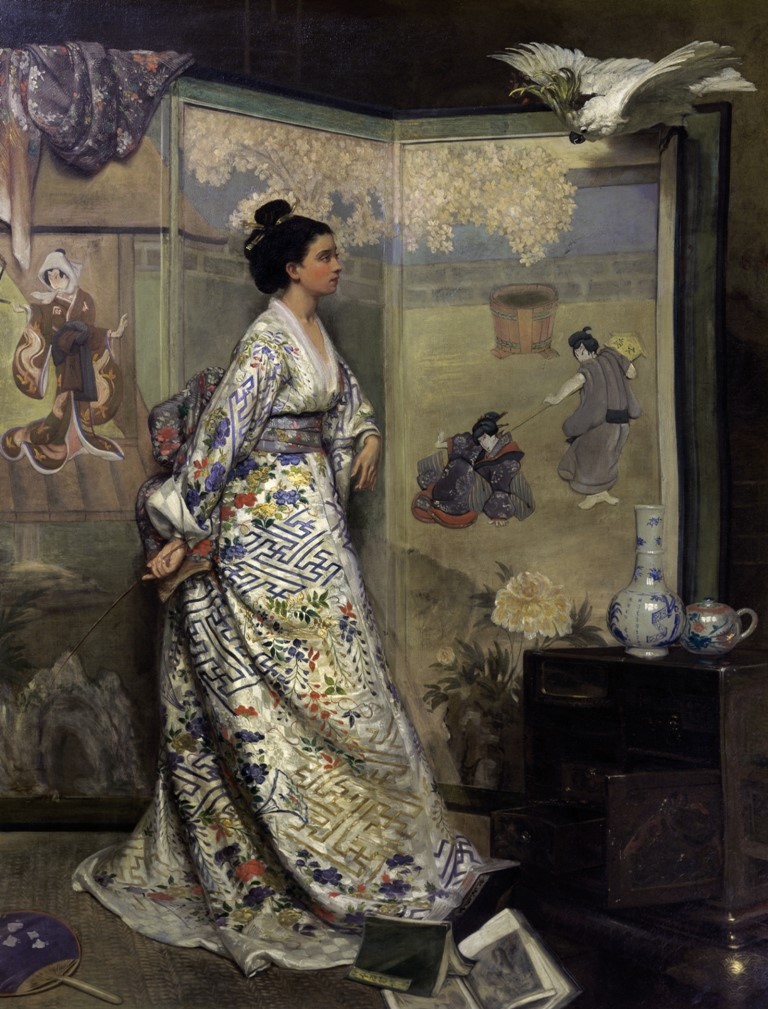Painters and Posters (1850-1895)
Summary:
In this week’s class, we learned about art posters, the Arts and Crafts movement, and the book-design renaissance. The Arts and Crafts movement (the demand for making things by hand instead of machines) was founded by William Morris and it was the precursor to the Art Nouveau movement. An example of the Arts and Crafts movement would be the Century Guild founded by Arthur H. Mackmurdo and Selwyn Image that tried to get craftspeople recognized on the same level as fine artists. They were a contrast to Charles Robert and his School and Guild of Handicraft who embraced machine production to make his designs affordable to the common folk.
Jules Chéret was the father of poster design as well as the father of women liberation due to his depictions of independent women in his posters. Another notable designer was Louis Rhead where his ads in Century Magazine were influenced by ukiyo-e art: he showed patterns on fabric and used simple lines. The first impressionist painting was Claude Monet’s Impression Sunrise which was also influenced by ukiyo-e art.
Inventions of this age included the linotype machine by Otto Mergenthaler in 1886, the first photo appearing in 1880, and George Eastman’s Kodak camera of 1889. Other inventions were the first postcards in 1869 and then the first postcards with images in 1870. In terms of architecture, the first skyscraper was built by Willian Le Baron Jenney in 1884, Gustave Eiffel gifted the Statue of Liberty to the US, and Gustave Eiffel and Maurice Koechlin completed the Eiffel Tower in 1889.
This period was an interesting mash of different art forms developing. I would have loved to see the Arts and Crafts movement in person as I am a fan of the crafts. The world of art was changing during this time period and I can see bits of design that I can find in today’s time emerging from this period.
Research:
For this time period, I was assigned to the subject of “fashion” and have decided to research about Japonisme and its influence on fashion in Europe.
First of all, what is Japonisme?
Japonisme (or Japanism or French Japonisme) is an aesthetic cult with major influences on Impressionist paintings. It began in the mid-nineteenth century after Japanese trade was opened with the West. Imported works of Japanese art, particularly ukiyo-e, was carefully studied and collected by painters. Ukiyo-e prints’ clarity of line, the spaciousness of composition, and boldness/flatness of colour and light had a direct impact on these painters’ works. Thus, a more ephemeral and less important style was attempted in France to emulate Japanese design.

https://i.pinimg.com/originals/d8/2b/9c/d82b9c586c510a2cdff3be8c7b055ff5.jpg
While nineteenth-century critics were skeptical of artists adopting Japanese conventions, the world of fashion readily and eagerly absorbed the principles of Japanese design. In the mid-nineteenth century, European and American garments were ornamented with appropriated new and “exotic” floral motifs from Japan. Fabrics exported from Japan were readily used although they conformed to fashionable Western silhouettes.
In the early twentieth century, construction of women’s garments began to change dramatically. Some costume items were constructed with elements adapted from the construction of kimonos, such as tea gown and opera coats.
The most popular item of dress exported to the West was the modified version of the kimono and it was worn as a dressing gown. Revolutionary couturiers took inspiration from the drapery-like quality of kimonos and constructed them with elements to suit the European market. These include set-in box pleats to accommodate the bustle, using a collar lining instead of an under kimono, the addition of knotted and tasselled trim, as well as a variety of sleeve styles. Most notable are the loosely cut sleeves and crossed bodices that were incorporated into evening dresses.

https://upload.wikimedia.org/wikipedia/commons/d/d5/Frans_Verhas_-_The_kimono.png
The beginning of Japonisme began in the mid-nineteenth century and while art critics were wary, fashion fully accepted the Japanese style and design. The West incorporated many elements into their own design and tailored them to fit into the fashionable Western ideals. Most popular were designs taken from the kimono and the Japanese motifs that decorated many of the fabrics.

https://lilyabsinthe.files.wordpress.com/2015/04/1885-dressing-gown2.jpg
_
References:
- Person. “Japonisme.” LoveToKnow, LoveToKnow Corp, fashion-history.lovetoknow.com/fashion-history-eras/japonisme
- Britannica, The Editors of Encyclopaedia. “Japanism.” Encyclopædia Britannica, Encyclopædia Britannica, Inc., 29 May 2018, www.britannica.com/art/Japanism
- “Japonisme.”. “Japonisme.” Encyclopedia of Clothing and Fashion, Encyclopedia.com, 2018, www.encyclopedia.com/fashion/encyclopedias-almanacs-transcripts-and-maps/japonisme

